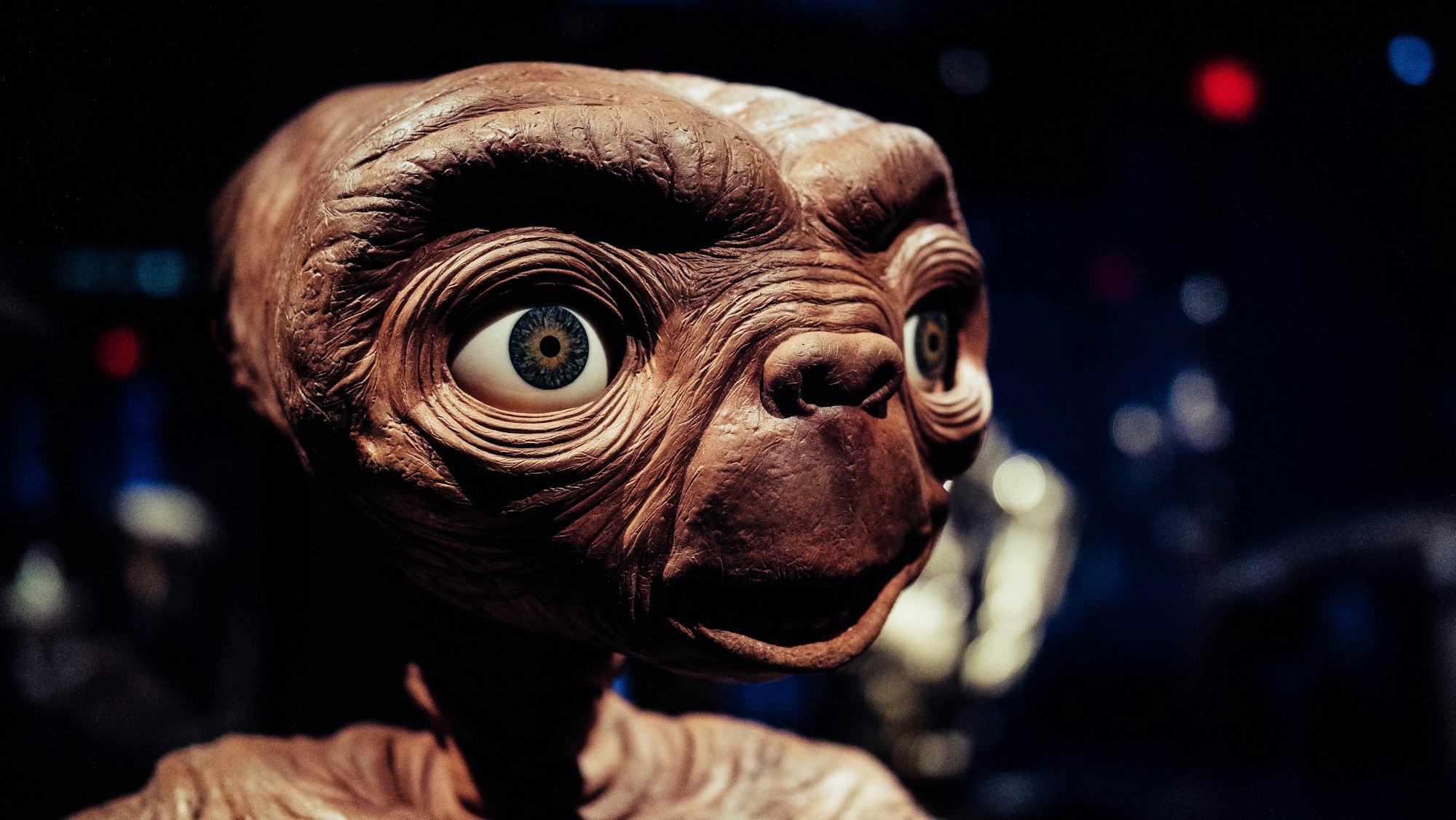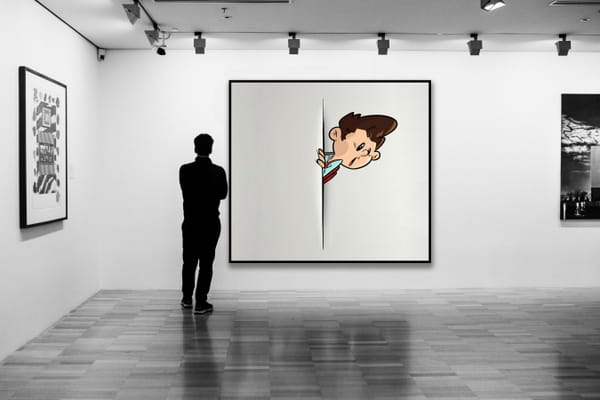No Sale for E.T.: What Happens When Nostalgia Fails the Market?
Sotheby’s hoped for liftoff. Instead, the Extra-Terrestrial stayed grounded. Here's what that says about the state of collecting, cinema, and the myth of value.

The original body model of E.T., crafted by legendary special effects artist Carlo Rambaldi and used in Steven Spielberg’s 1982 film, failed to sell at auction this week. Sotheby’s had estimated it could fetch up to €813,000. Instead, it walked back into the archive unsold—nostalgia intact, but no buyer in sight.
And for the art and film world, that quiet moment says a lot.
The Disconnect Between Value and Meaning
There’s no doubt this object is important. It’s one of only three E.T. body models ever created. It helped define an era in practical effects. It is, in every sense, a relic of cinematic magic. But in today’s hyper-financialized collecting market, symbolism alone doesn’t close a sale.
So what happened?
“This wasn’t a rejection of E.T.,” said a European collector who spoke anonymously. “It was a rejection of a certain kind of collecting logic—where cultural weight is expected to equal commercial demand. It doesn’t always work like that anymore.”
In fact, the auction's tone shifted when a much smaller item—a sketch of E.T. by Rambaldi—sold for over €47,000, nearly tripling its estimate. Buyers, it seems, are seeking connection—but not necessarily at blockbuster prices.

Is the Market Moving Past Big-Name Nostalgia?
The failure to sell the E.T. model follows a pattern seen across several recent pop culture auctions: high expectations, soft bidding. While collectibles from sci-fi classics still command attention, the assumption that every iconic piece will spark a bidding war is fading.
“It's not enough for something to be legendary,” said Panu Syrjämäki, editor-in-chief of ART Walkway. “It has to speak to collectors now. E.T. may live in hearts, but nostalgia doesn’t always translate to liquidity. That’s the cold truth.”
There’s also a question of timing. While physical models once felt like rare anchors in a digital age, we’re now flooded with cinematic IP, reboots, and limited-edition merch. The rarity of a handmade artifact is still real—but its cultural urgency may be diffused.
A Moment of Reckoning for Auction Houses
Sotheby’s framed the model as a “nostalgic and iconic piece of Hollywood history.” No argument there. But the result reveals the risk of treating emotional legacy as an automatic price driver.
It also suggests a recalibration underway: the era of ultra-high sales for ultra-familiar objects may be cooling. In its place? A more nuanced, buyer-savvy market—where symbolism needs strategy, and storytelling needs surprise.
Still, not all is lost. The model remains a piece of history. It may sell privately. Or, like many unsold icons, it may become more valuable with time—not just because of what it represents, but because of the story it now carries.
When Cultural Artifacts Don’t Sell, They Speak Louder
That an E.T. model didn’t sell in 2025 is less about the market than about the moment. Perhaps it tells us more than any winning bid could.
We still love E.T. We just aren’t sure how to price that love anymore.
ART Walkway News






